In the era of social media, our dressing table mirrors that once reflected our most authentic selves have been replaced with our phone camera lenses and an endless river of enhancing filters. Social media platforms that were once designed to keep people connected, even from faraway lands, have today become platforms for staged beauty. The normalisation of filters and retouched images promoted by social media has led to dangerous psychological consequences in users (Agrawal, H., & Agrawal, S., 2021).
The Rise of the Filtered Self
Digital self-presentation today does not go unmarked without the obvious use of filters and editing apps. With a swipe across our phone screens, ‘blemishes’ disappear, jawlines look sharper, skin and hair glow with a sort of airbrushed smoothness. While editing our pictures may serve us momentary confidence, they also reinforce the notion that natural appearances are inadequate. Overly relying on editing apps or filters makes us set unrealistic benchmarks for beauty, and we, as well as people around us who watch us, feel compelled to meet these standards in real life (Agrawal, H., & Agrawal, S., 2021).
Users who spend a lot of their time on the internet and consume content that represents the standard of beauty often experience dissatisfaction when presented with their own unedited pictures or videos. Over time, this dissatisfaction could lead to deepening discontent with one’s own appearance, creating this detrimental cycle where people prefer their edited selves over the real ones.
Read More: Snapchat Dysmorphia: How Photo Editing impacts Body Image
Self-Discrepancy Theory and Emotional Strain
Self-discrepancy theory explains the psychological strain these practices create. According to this framework, distress occurs when there is a difference between our “ideal self” (the enhanced version of ourselves that we present online) and our “actual self” (our true, unedited features).
An individual’s awareness of perceived flaws is heightened when they switch between an unfiltered image of themselves in the mirror and scroll through a filtered selfie on Instagram. This disparity encourages the internalisation of unachievable ideals and heightens self-critical comparisons. People experience dissonance when they alternate between different versions of themselves all the time, with neither feeling completely fulfilled.
Dissonance has been linked in studies to increased susceptibility to anxiety and depression, decreased self-esteem, and increased body dissatisfaction. Overall well-being is weakened by the mental strain of striving for the ideal, filtered self (Alsaggaf, R. M., 2021; Fardouly, J., Rapee, R. M., 2019).
The Role of Social Comparison
Social comparison is another important factor that contributes to a distorted self-image. Influencers, celebrities, and even peers who share highly edited and curated versions of themselves take over our social media feeds. People frequently measure themselves against supposedly “superior” appearances in upward social comparisons that are triggered by frequent exposure to these polished portrayals.
Unhappiness with one’s own skin, hair, and body is the inevitable outcome. Some people’s discontent manifests itself in concrete ways, such as seeking cosmetic dermatology or surgical improvements to match their actual appearance to the ideal they see online.
In contrast to previous times when the fashion industry largely set beauty standards, social media has democratised but also increased these pressures by giving the impression that perfection is standard procedure. The fact that even ordinary peers look seemingly flawless online makes the ideal seem simultaneously attainable and frustratingly unattainable (4; Agrawal, H., & Agrawal, S., 2021).
Read More: The Aesthetic Life: Exploring the Psychology of Visual Self-Branding
Socio-Cultural Dimensions of the Filtered Self
The kind of influence social media has over body image issues varies with respect to culture and social context. Minority communities face added challenges on top of the existing societal pressures. For instance, the same internet community that embraces black women for having afros or coiled hair could end up being the community that supports and favours Eurocentric features such as light skin. Social media thus becomes a place for both acceptance and exclusion, thanks to this duality.
Young women face expectations in societies that are gradually becoming more globalised (the Ankole region of Uganda, for example). While Westernised media idealises slim bodies and lighter skin, traditional African cultures may celebrate fuller bodies. This puts women at a crossroads about feeling comfortable in their own skin, for they might start feeling like they are not welcome in most societies outside their own due to their features.
As people try to balance ideals of beauty set by different societies, frequently at the expense of their mental and physical well-being, this conflict causes psychological strain.
Read More: What is the Psychological Impact of Skin Colour in India?
The Mental Health Consequences
The filtered self is not merely an issue of aesthetics; it has serious mental health implications. Due to growing differences between reality and digital ideals of self, social media becomes a hub for prolonged and exhausting dissatisfaction. Prolonged exposure has been linked to:
- Body dysmorphic tendencies, where individuals fixate on their “flaws”.
- Reduced self-worth, driven by constant comparisons that are mostly unfavourable to us.
- Anxiety and depression, led by pressures of maintaining a specific idea of an online persona.
- Appearance-related fatigue, a sense of exhaustion from frequently having to curate oneself on the internet.
These outcomes highlight that basing our self-worth on social media standards may lead to serious mental health concerns that can prove detrimental over the course of time.
Resistance and Counter-Narratives
Despite the various challenges people face on the internet, trying to meet the unrealistic beauty standards, there have been counter-movements that have slowly but surely gained traction over recent times. Trends support people going makeup or filter-free in their pictures and videos, embracing their real selves. Many influencers also talk about topics like acne, PCOS, cellulite, body/facial hair, in an attempt to normalise natural-looking body and skin types (Fardouly, J., Rapee, R. M., 2019).
Media literacy education also plays a vital role. In countries like Norway and France, regulations now require influencers to disclose if and when images have been retouched, attempting to create greater transparency (Fardouly, J., Rapee, R. M., 2019; Xie, Z., 2024). Cultural and structural interventions can mitigate some of the harmful effects of the filtered self, though sustained collective effort is needed to shift norms.
Toward a Healthier Relationship with the Self
A variety of approaches is required to move forward:
- Promoting authenticity: Platforms and influencers can normalise natural, unedited appearances by discussing insecurities and showcasing unfiltered content.
- Encouraging inclusivity: Expanding representation to include varied skin tones, hair textures, and body types helps dismantle narrow beauty standards. There has been a fair attempt at this by beauty brands and magazines. For example, musician Rihanna’s brand, Fenty Beauty, works with people of different ethnicities, body types, genders, etc.
- Strengthening media literacy: Teaching users, particularly adolescents, to recognise digital manipulation in an attempt to dismantle idealised beauty standards.
- Implementing policy changes: Mandating and regulating disclosures for retouched images can help people recognise harmful content.
These strategies not only challenge distorted ideals but also help rebuild healthier relationships with the self.
Conclusion
Social media has transformed the way individuals feel about their skin, hair, and body. Through filters, editing apps, and curated feeds, apps promote an idealised version of self that differs sharply from reality. This filtered self creates a persistent gap between actual and ideal appearances, fostering dissatisfaction, self-critical comparisons, and psychological distress.
The pressures of comparison are fuelled by cultural and social dynamics, where minority and global communities face layered struggles in reconciling diverse beauty standards. Yet alongside these challenges, there are signs of resistance: attempted authenticity, media literacy campaigns, and regulatory frameworks are pushing back against the dominance of digitally manipulated ideals.
Ultimately, addressing the distortions of the filtered self requires collective action. By embracing authenticity, broadening representation, and cultivating critical awareness, societies can begin to dismantle harmful beauty paradigms. In doing so, social media can transform from a distorting mirror into a space that prioritises diversity, self-acceptance, and psychological well-being. Our digital selves are not passive reflections but are co-constructed through interactions with cultural norms, social comparisons, and personal choices.
FAQs
1. Why do people use filters on social media?
Filters help hide perceived flaws and create an idealised version of appearance, but this often sets unrealistic beauty standards.
2. How does social media affect body image?
Constant comparison with digitally edited images leads to dissatisfaction with one’s real appearance and lower self-esteem.
3. What is self-discrepancy theory in this context?
It explains the distress caused by the gap between one’s real appearance and the perfected, filtered self shown online.
4. Are the effects of social media the same across all cultures?
No, cultural and social factors influence how people experience body image pressures, with minority communities facing layered challenges.
5. How can these negative effects be reduced?
Encouraging unedited images, promoting diverse representation, teaching media literacy, and enforcing disclosure of retouched photos can help.
References +
Agrawal, H., & Agrawal, S. (2021). Impact of Social Media and Photo-Editing Practice on seeking Cosmetic Dermatology care. Clinical Cosmetic and Investigational Dermatology, Volume 14, 1377–1385. https://doi.org/10.2147/ccid.s322859
Alsaggaf, R. M. (2021). The Impact of Snapchat Beautifying filters on beauty standards and self-image: A Self-Discrepancy Approach – the IAFOR Research Archive. The IAFOR Research Archive. https://papers.iafor.org/submission60204/
Fardouly, J., Rapee. R. M. (2019). The impact of no-makeup selfies on young women’s body image. Body Image, Volume 28. https://doi.org/10.1016/j.bodyim.2019.01.006.
Xie, Z. (2024). The influence of social media on the perception of body image and beauty standards among young people. Transactions on Social Science Education and Humanities Research, 5, 143–148. https://doi.org/10.62051/67rvhh97
2021. Social comparison in the natural hair community: How Black women utilise social media influencers during their natural hair care journey. Trio McNair Scholars Research Journal. https://montevallo.dspacedirect.org/bitstreams/9c90356f-df61-4b1a-b354-7efe89b6ee5a/download
Kaziga, R., Muchunguzi, C., Achen, D., & Kools, S. (2021). Beauty Is Skin Deep: The Self-Perception of Adolescents and Young Women in the Construction of Body Image within the Ankole Society. International Journal of Environmental Research and Public Health, 18(15), 7840. https://doi.org/10.3390/ijerph18157840

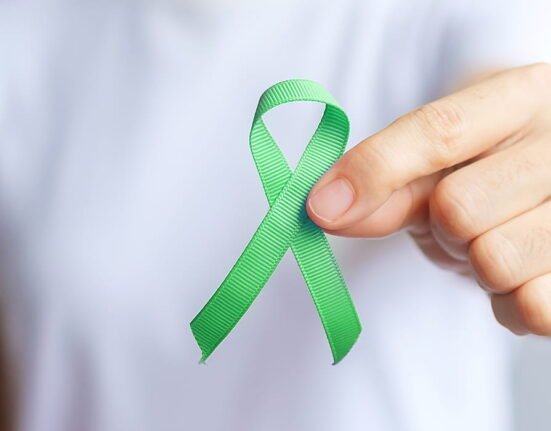
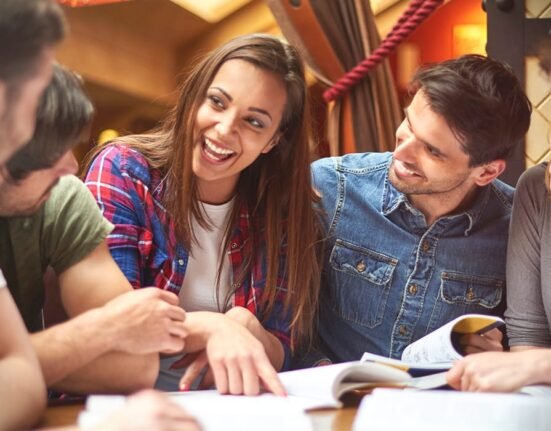

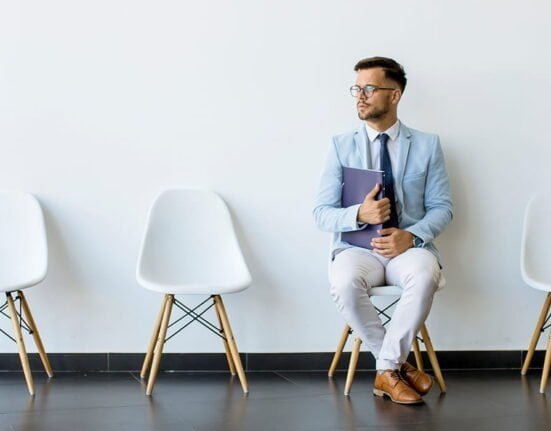
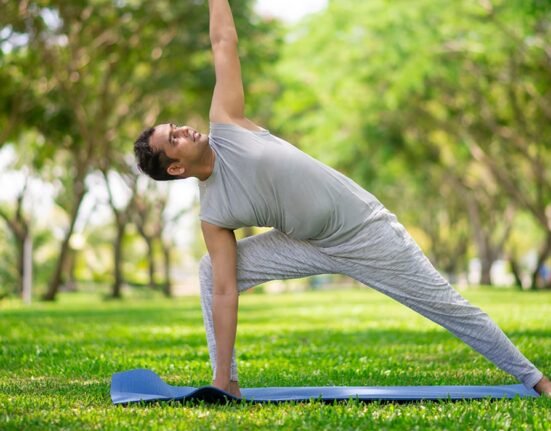
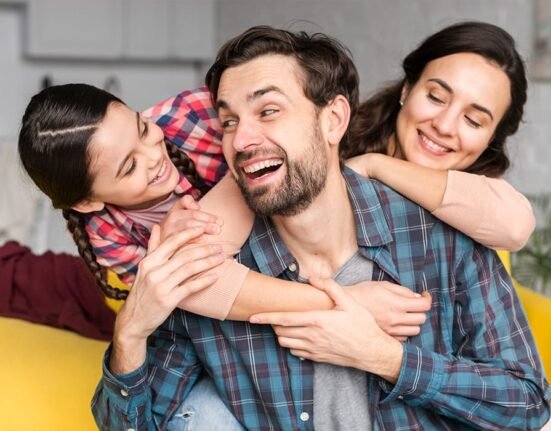
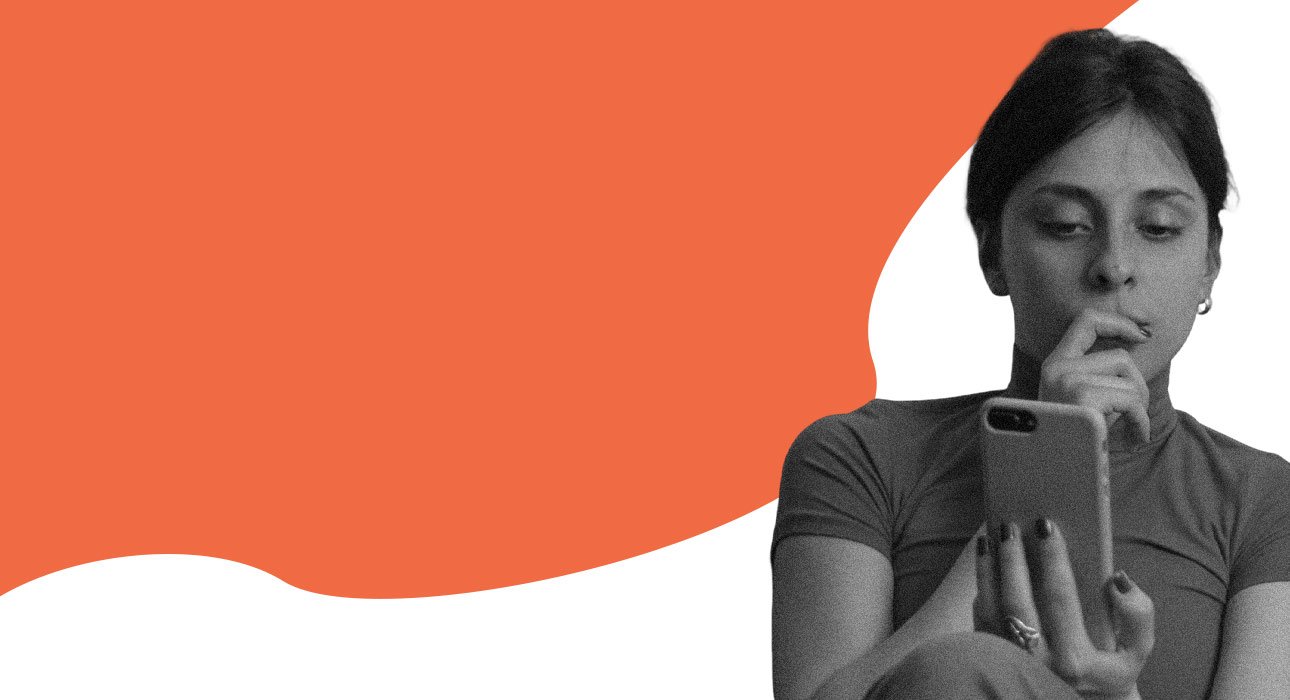


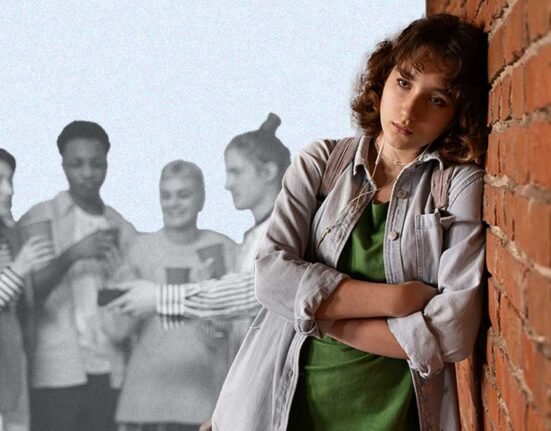

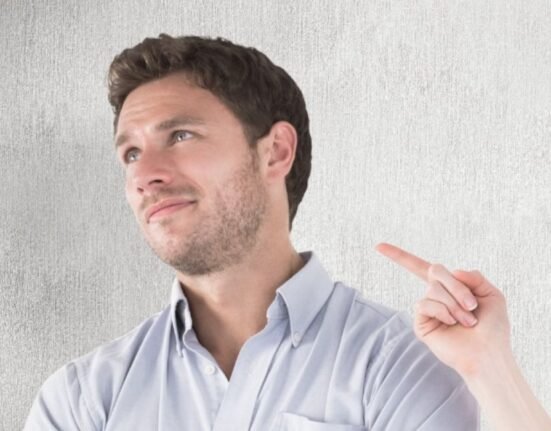
Leave feedback about this